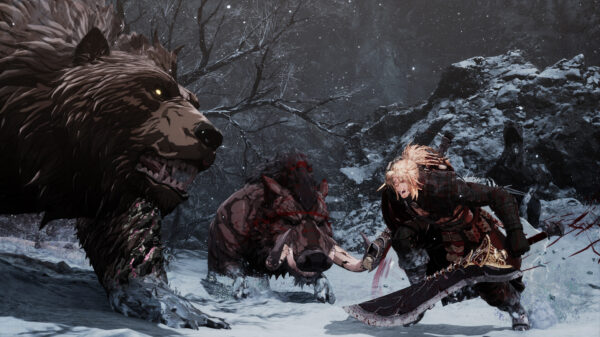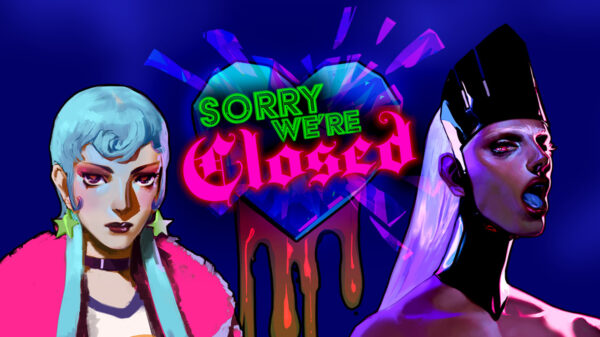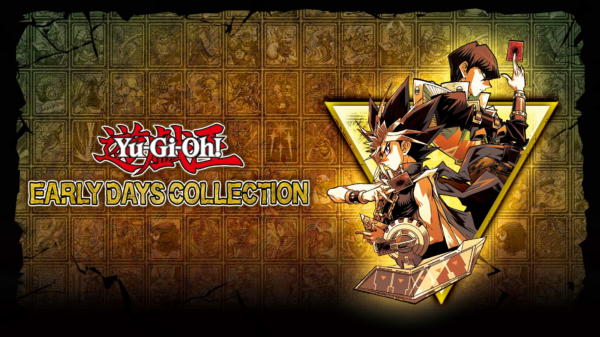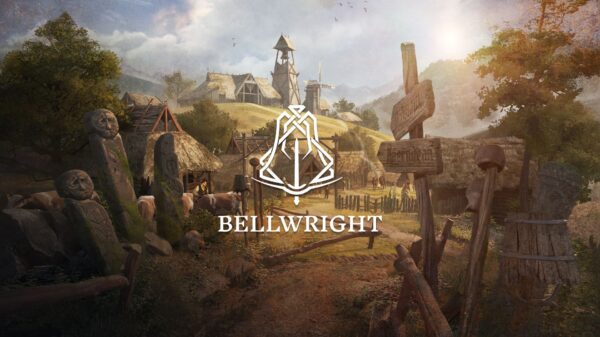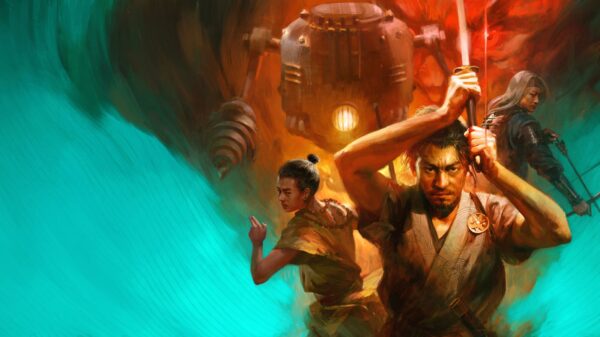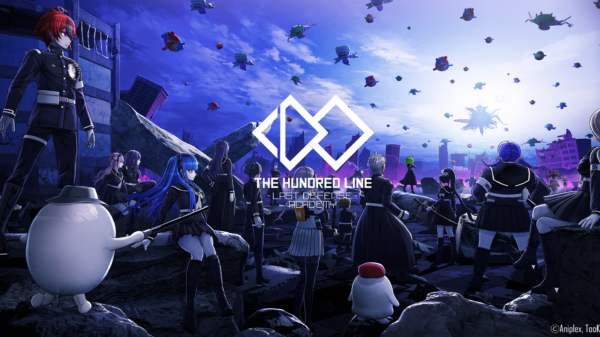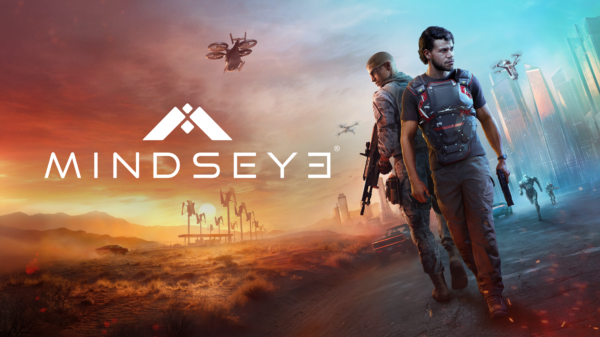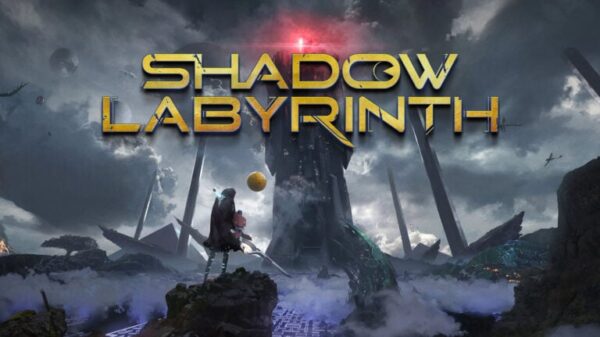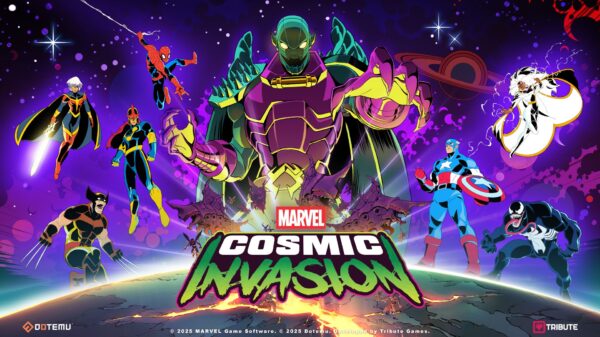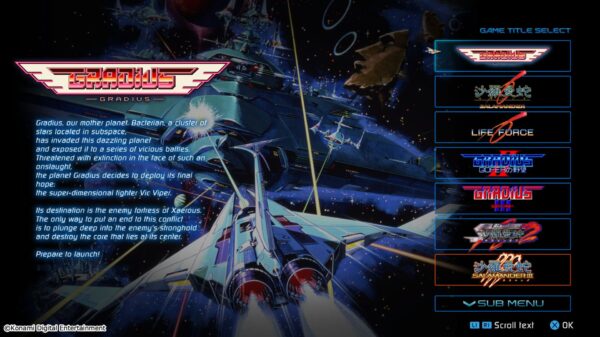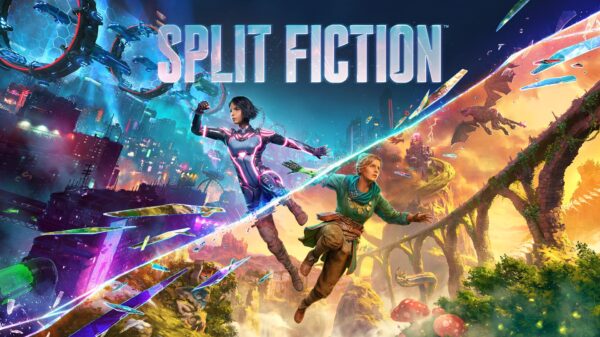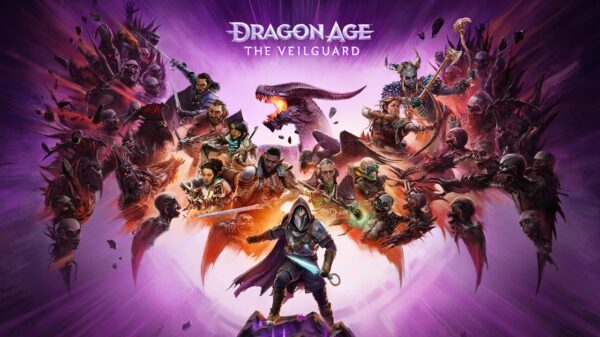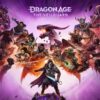Shapers, Javelins, Arcanists, Freelancers and Cataclysms are just some of the unique aspects of Anthem’s gorgeous and interesting new world, Bastion. Combining the beauty of Bastion with the fantasy of controller a rocket powered suit of armor sounds like it would be a slam dunk, but Bioware’s newest title doesn’t quite live up to its vision.
Anthem
Developer: BioWare
Price: $59.99
Platforms: PC, PS4, Xbox One (reviewed)
MonsterVine was provided with an Xbox One code for review.
Despite a fairly foreign and fleshed out world, Anthem’s premise is actually quite simple. The world of Bastion contains awe-inspiring natural, and unnatural, wonders. All across Bastion are monumental ruins and relics left behind by the Shapers that were used for all kinds of things from creating life to reshaping landscapes. Shaper relics are volatile, dangerous and unpredictable and when disturbed can occasionally kick off world-threatening events called Cataclysms. To combat the enemies of humanity and the dangers of Shaper-created threats, humans built Javelins, flying suits of armor with a wide array of weapons, gear and unique capabilities.
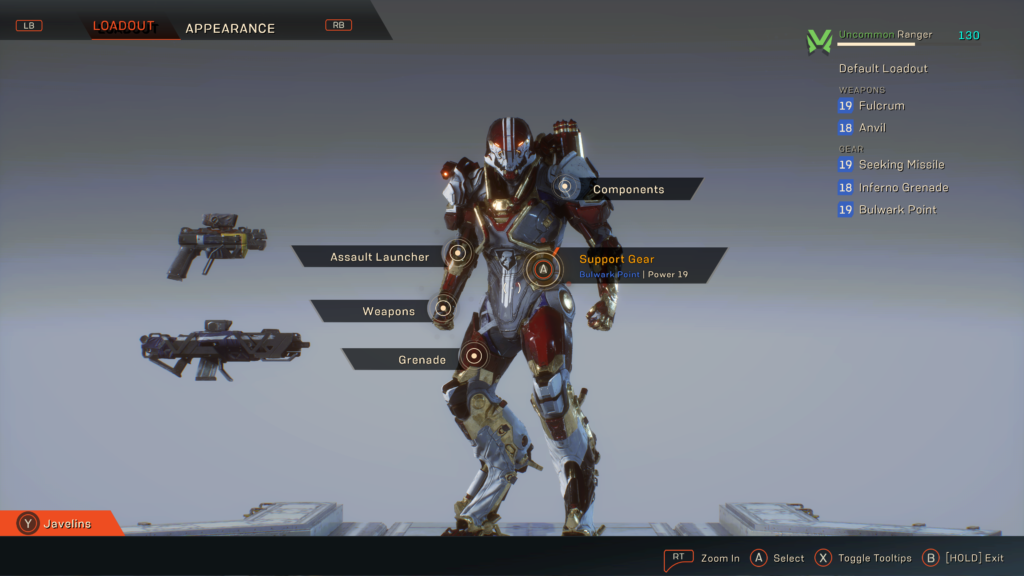
In Anthem you play as one of the pilots of these Javelins, a Freelancer. As a fairly new Freelancer you’re tasked with helping a small army of Freelancers silence the Heart of Rage, the newest and deadliest Cataclysm in Bastion. As evident from a heart-pounding intro mission, things don’t go very well and a lot of people die. Fast-forward two years and people mostly lose hope in Freelancers.
Fort Tarsis, a small human settlement behind massive walls on the frontier of Bastion is where our Freelancer now finds themselves, completing odd-jobs now and then. In Fort Tarsis players are thrust into a somewhat awkward first-person perspective to explore a singleplayer hub where players can go to shops, customize their Javelins and speak to some of the dozen or so characters.
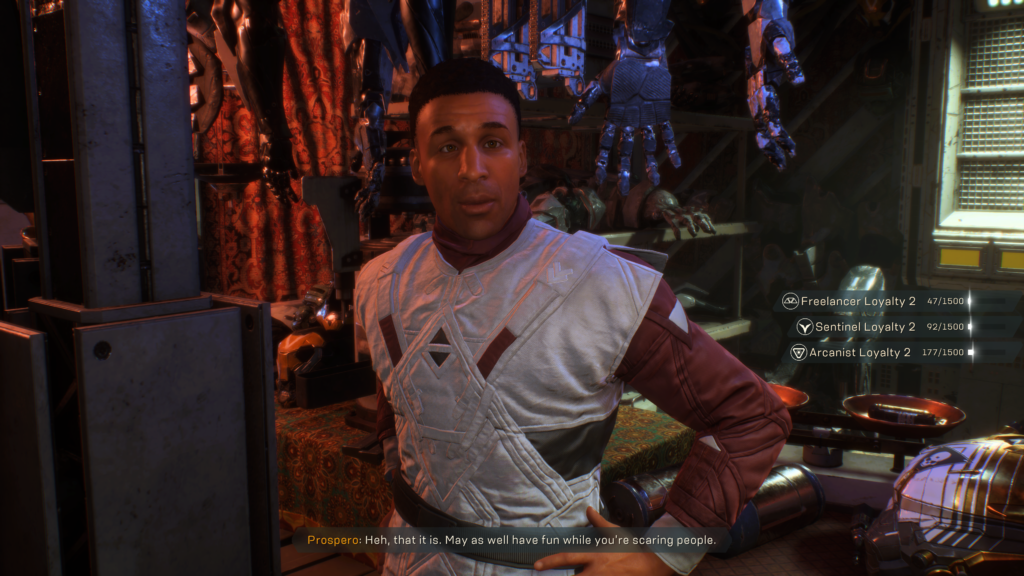
Here we’re introduced to one of the more lively characters, Owen, a Cypher and partner to our freelancer. The beginning of the game is slow, but Owen is a bright and interesting presence with gorgeous animations and some unique character motivation. Sadly, most of the other characters introduced in the story are either underdeveloped or have their character arcs end abruptly. Aside from one moment, none of the emotional beats hit as hard as they should have. Anthem was advertised for its use of deep characters, but almost none of the side conversations feel like they have any meaning or impact. Sure, it’s interesting that an intellect like Faye enjoys some trash radio every now and then, but most of these conversations are simply dull or cliche and the limited choices in conversation seemingly don’t matter. There were several moments where character conversation straight up didn’t match the tone of the events of the story, or were out of place and referenced events before or after they’d occurred. Most of the time though, I just spoke to characters to get the notification off of my map while waiting for them to shut up. I will say that the natural character diversity and blended culture was a refreshing change of pace in terms of representation and overall feel.

After completing a few small but notable jobs, more powerful characters begin to notice the freelancer and the story really kicks off. Bioware’s reputation as a storytelling behemoth in the industry has been on the downtrend and Anthem doesn’t exactly fix that. Nothing about Anthem’s story is bad per say, just nothing about it is truly great. In fact, the world building elements are pretty well done and I do have legitimate interest in the lore and where things will go next. Anthem’s story starts off dark and dramatic, but then launches into a kind of slow and dull burn. Just as things start to get interesting Anthem hits you with its big freeplay mission, where the freelancer is tasked with completing several challenges in order to complete four trials. Some of these are as simple as meleeing enemies, while others require a bit more exploration such as the trial that requires you to open 15 chests in the open world. t’s a massive slowdown as these trials take several times longer than most story missions, unless you had significant progress towards them already. Shortly after completing the trials the story really does start to pick up, and then it rushes to the end. The Legion of Dawn, an ancient faction of Javelin wielding pilots, gets really fleshed out in what is probably the game’s most enjoyable mission, aside from one of the many overly long boss fights. Sadly, it’s all downhill from here as the story beats that are developed in this mission are suddenly over just a few missions later. Everything near the end feels rushed, characters and their emotions feel rushed, and the conclusion is unsatisfying. The post-credits scene left me feeling empty as it was probably the most interesting moment in the story just to suddenly end.
What Anthem does have going for it is its general gameplay. A Javelin’s flight and offensive capabilities are often incredibly satisfying, and flight is as smooth as it gets. There’s nothing in gaming quite like diving off of a cliff and swooping up while unleashing a foray of missiles and elemental attacks. Every Javelin felt unique but equally easy to control. There were very few moments in which my Javelin didn’t respond or move in exactly the way I wanted. Which is why I find it perplexing that on top of the limited flight time there are so many ways that enemies can shoot you down and instantly cause your jets to overheat. This issue, along with many others, is incredibly apparent on harder difficulties.
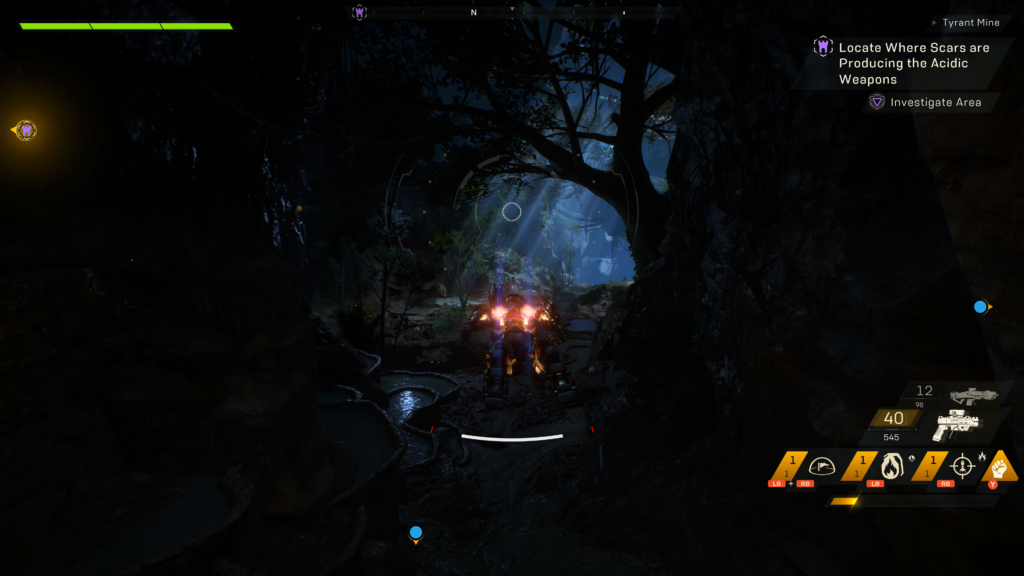
Perhaps the most egregious issue with Anthem is how it handles difficulty. The AI in Anthem are fairly simple, only using basic movement and tactics. What the AI lack in dynamic behavior they make up for with incredibly powerful weapons, inhuman accuracy and utterly ridiculous health pools. These transgressions only get worse at higher difficulties. Instead of bumping up enemy tactics, increasing enemy count or improving enemy ranks Anthem simply multiplies enemy health and damage by huge amounts. For example, the highest difficulty, Grandmaster III simply buffs enemy health and damage by 900%, resulting in extremely long, drawn out encounters with single enemies who will absolutely destroy you if you do not cower. Even on the basic and always available hard difficulty I didn’t feel armored, at all. Many attacks one-shot you, even at or above the recommended power levels. The entire power fantasy is replaced with slow, bullet-sponge hell.
Anthem does have weapons, although I wouldn’t blame anybody if they forgot about them entirely. Save for a few specific examples, the firearms in Anthem feel like water guns. In activities in which I was at or above the recommended gear score even the lowest tier of red-bar enemies took comically long to take down. This issue is exacerbated by any enemies with energy shields as they recharge almost as quickly as you can reload. I understand that the gear abilities like hurling huge chunks of ice or launching mini-nukes are a huge part of what makes Anthem unique, but with the exception of a few Masterwork and Legendary weapons you’d be better off solely using gear abilities. Abilities are especially potent because of the potential to combo abilities together with priming and detonating abilities, while weapons can’t do anything of the sort. Even if you somehow find the weapons enjoyable, there aren’t many to experiment with. There are only a few weapons per weapon type, and those weapons simply come in different levels of rarity. A common Devastator is the same as an Epic Devastator, aside from a few additional stat buffs and random inscription perks.
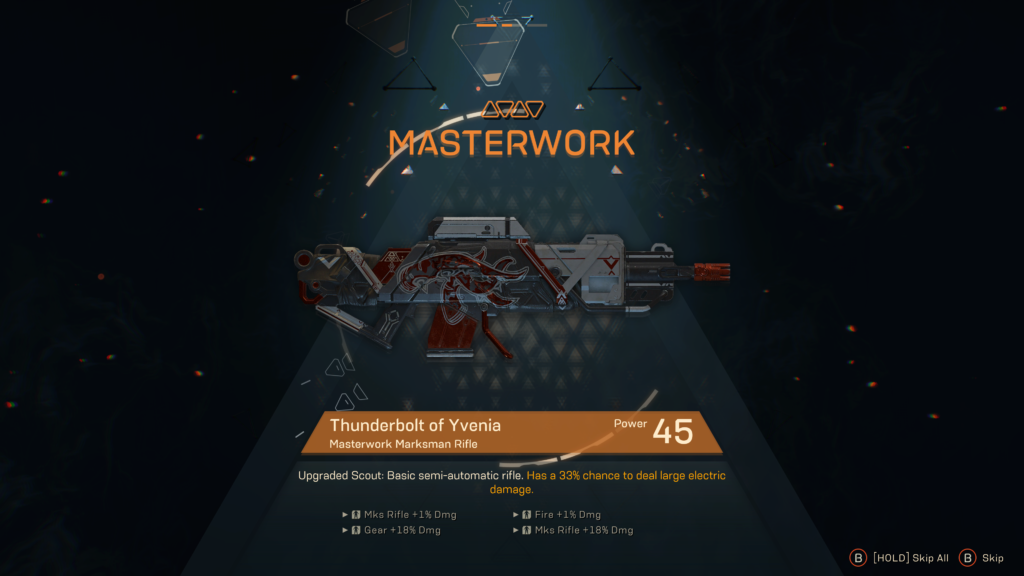
Speaking of weapons, gear and perks, Anthem makes it incredibly difficult to manage and keep track of loot. Weapons and gear can be viewed and equipped in the Forge and only in the Forge. Loot gained in-mission can’t be looked at or even fully obtained until back at base. In one instance I was kicked out of a mission and I couldn’t access any of the loot I’d picked up until I completed another activity. Not only can you not alter your Javelin’s loadout while out in the field, you can’t even look at what you currently have equipped. Early game this wasn’t a huge issue, but as the numbers and perks on gear became more confusing and specific I found myself wishing that I could check my gear to find out exactly what the hell this component does. Furthermore, many of the stats are confusing, ill-explained or just plain don’t make sense. Many weapons can come with inscriptions, random stat boosts attached to gear on top of their base functionality. Some of these inscriptions are straightforward, such as +18% Auto Rifle Ammo, but others, like a physical damage boost, lead to more questions. What exactly counts as physical damage? What does luck do?
With the amount of time it takes to manage loot and go in and out of the forge, you’d be forgiven for sticking to a single Javelin. For purposes of this review I went through and tested out each Javelin to compare how they felt. Each Javelin feels similar enough to one another that switching between them isn’t jarring, but they are all quite different. The Storm is Anthem’s mage class, focusing on extended flight and the frequent use of elemental abilities. The Interceptor is the ninja of the group, nimble and melee focused. The Colossus is the tank, able to of wield large weapons. Rechargeable energy shields and dodges have been swapped out for a large, old-school metal shield. Last but not necessarily least is the standard Javelin, the Ranger, is a blend of armor, movement and basic physical gear. My personal favorite is the Storm simply because it felt the least punishing to play as, and by the disproportionate amount of Storms I encountered, many others seem to have felt the same.
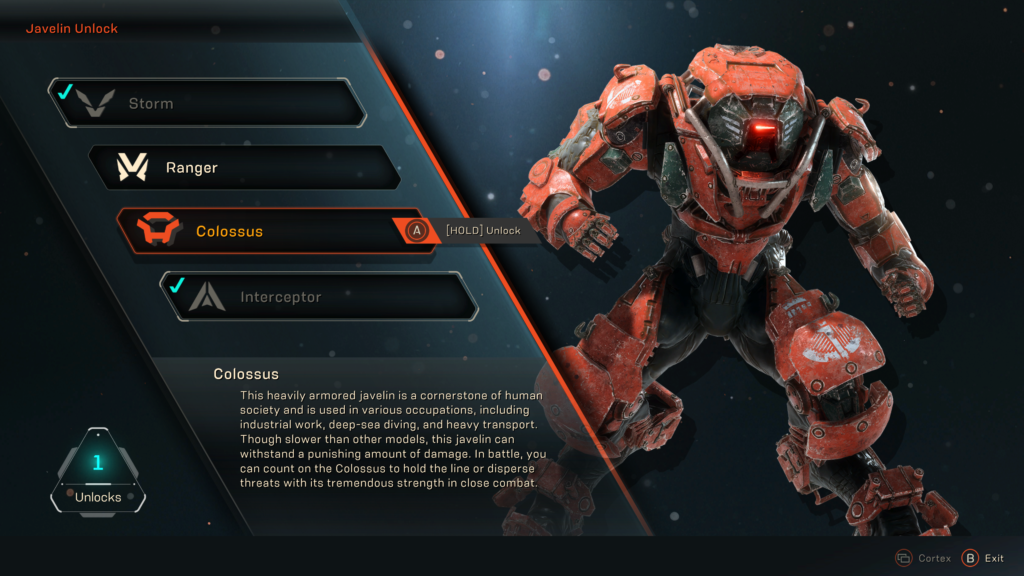
All of these issues compound and effectively outweigh everything that makes Anthem fun to play. Flight becomes a risk, aside from perfectly timed dodges you can’t outrun attacks. Enemies take so little damage and deal so much that quick guerilla attacks simply aren’t effective. When countering these issues the game slows down so much because of how little damage weapons deal and because of how health does not regenerate without picking up drops. The resulting gameplay isn’t so much an Iron Man power fantasy but a slow, cowering crawl. Many combat scenarios were so frustrating that the only satisfying solutions felt like exploits, flying to a hard-to-reach area of the map and slowly whittling down enemies in this fearful death ball with teammates. There are rare moments where the combat scenarios are pretty well balanced and the gameplay can truly shine, but these moments are few and far between in Anthem.
The mission structure is also flawed. Most missions include repetitive and dull objectives. Stand here, defend this, retrieve those. Anthem doesn’t even re-skin these copy/paste objectives with different motivations. If there’s a relic to silence, you’ve got to fly around gathering echoes. If there’s a relic that’s exploded, you’ve got to collect the parts without flying. There are a few unique puzzles that do require a bit of thought, but only a few. Once the story and its various side missions are over, you can accept Contracts. While these procedurally generated Contracts don’t provide any plot progression, they are impressive in that they have dialogue and objectives that don’t feel particularly worse than the story missions.

The cooperative aspect of the game can help manage enemies and complete puzzles quickly, but there was no moment in the game that demanded cooperation. During many missions the co-op turned out to be more of a liability. Anthem scales enemy encounters to the number of players, and if you are unlucky enough to match with unskilled teammates fights can actually become harder. Furthermore, the game’s unforgiving tethering system can be triggered several times per mission forcing anybody who falls into a lengthy loading screen before teleporting forward. The worst part of missions and contracts, and really Anthem as a whole, are the boss fights. Most bosses have way too much health, resulting in some of the longest and most tedious fights I’ve ever experienced. Most bosses don’t have very distinctive tells, so the next attack is somewhat of a toss up, which would be fine if they weren’t all so powerful. Nearly every boss attack annihilates any Javelin in a single hit. Anthem does have a mechanic where you can’t go from full health to zero in a single attack, but many boss attacks bypass that by bringing you from 100% to 1% health with a stun attack, and striking you again before you can recover.
BUGS. SO. MANY. BUGS. I encountered more bugs and errors than I can count. These ranged from game-breaking to simply annoying. There were moments where I had negative ammunition, pre-order items would disappear, my game crashed, abilities wouldn’t activate, my health pool fluctuated from mission to mission, and there were several instances of missions being impossible to complete either due to infinite loops or objectives that failed to load-in. Some bugs ended up being the most enjoyable parts of Anthem, particularly the wacky cutscene glitches.
I found this clip below particularly entertaining, if not disappointing.
In many titles similar to Anthem, the game doesn’t truly begin until the endgame. The endgame often holds satisfying extensions to the story alongside a power grind locked behind challenging objectives. In Anthem the endgame is incredibly shallow and repetitive, and ultimately boils down to one thing: Strongholds. There are zero unique weapons or gear that are obtainable through anything other than random chance. There are no quests that grant specific legendary weapons, no gear that comes from specific activities. Any and all items are available in any and all activities, assuming you’re on Grandmaster I difficulty or above. The endgame only revolves around Strongholds because of how often loot drops in Strongholds. They’re the most efficient way to increase your Javelin’s power once you hit the epic Javelin cap. Masterwork weapons can only drop at High difficulties or above, and Masterwork gear and components can only drop at Grandmaster difficulties or above.
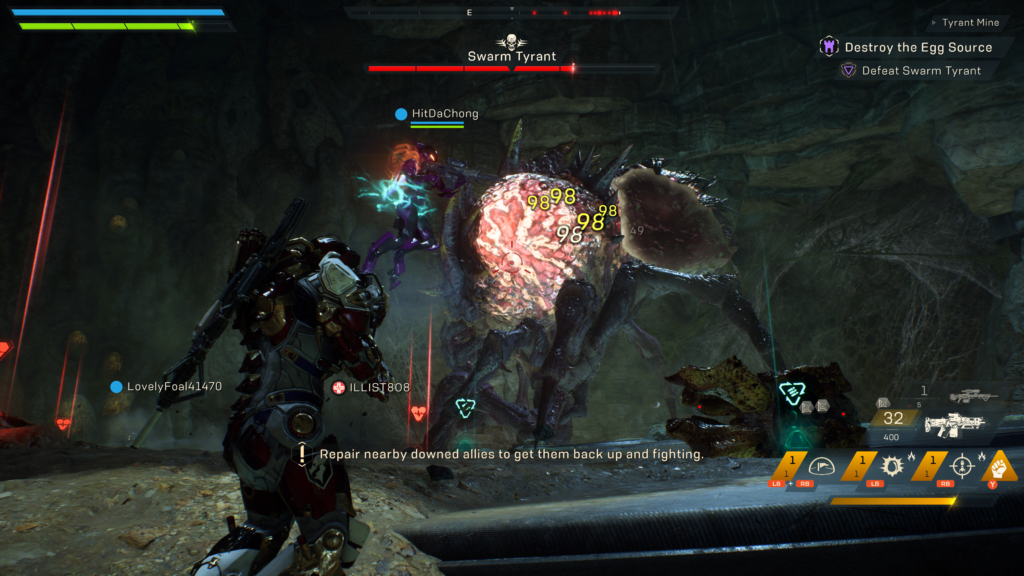
Repeating an activity for randomly rolled loot can work, provided that the activity is unique and challenging. Each Stronghold is essentially split in three. The first two objectives are often filled with enemies and mini-bosses, eventually followed by a bombastic boss battle. There are only three Strongholds in the game, and the only enjoyable one is the Tyrant Mine. The Heart of Rage and Temple of Scars Strongholds are fine until their elongated boss battles. Once reaching the boss in the Heart of Rage on Grandmaster I, a 400+ gear score activity that I entered at 454, my fireteam and I spent over an hour whittling down the boss’ health. For a time, we weren’t even sure if the boss was taking damage at all, and we ended up using over 30 ultimate abilities by the time the boss went down. Despite guaranteeing at least one Masterwork item, many players have recognized that these boss fights take longer than they’re worth.
On higher difficulties these Strongholds can take quite a long time, and many players have found it more efficient to simply quit as soon as they get some loot, as some of the boss fights take far too long.
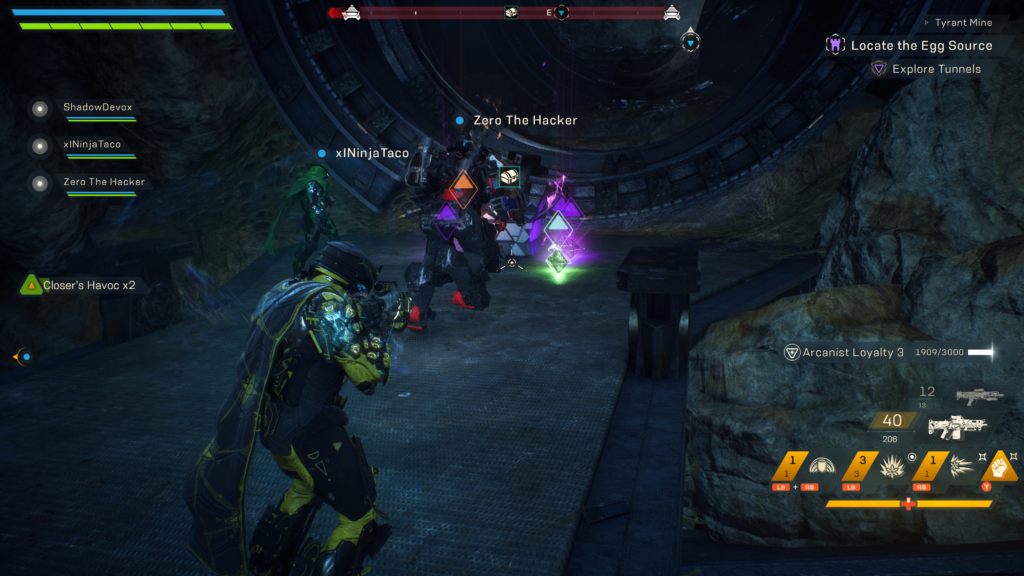
I would forgive some of these problems if Masterwork and Legendary gear were overpowered or particularly fun to use, but most of these items are simply default weapons with a useful perk attached to it. Almost none of these feel particularly unique or powerful, and as the difficulty ramps up the weapons and gear that are fun to use feel less like bonuses and more like necessities. With bullet-sponge enemies having their health ramped up by up to 900%, I had to utilize Masterwork perks and specific loadouts just to keep up.
As with any RPG, the pure addicting joy of getting gear with higher and higher numbers is enjoyable. Despite my many qualms with Anthem, it’s an investment game and I have indeed become invested. My Javelin’s gear score is currently at 470 and I look forward to earning more Masterwork and Legendary gear to max that out, although the enemy scaling doesn’t lead me to believe that it’ll make that much of a difference.
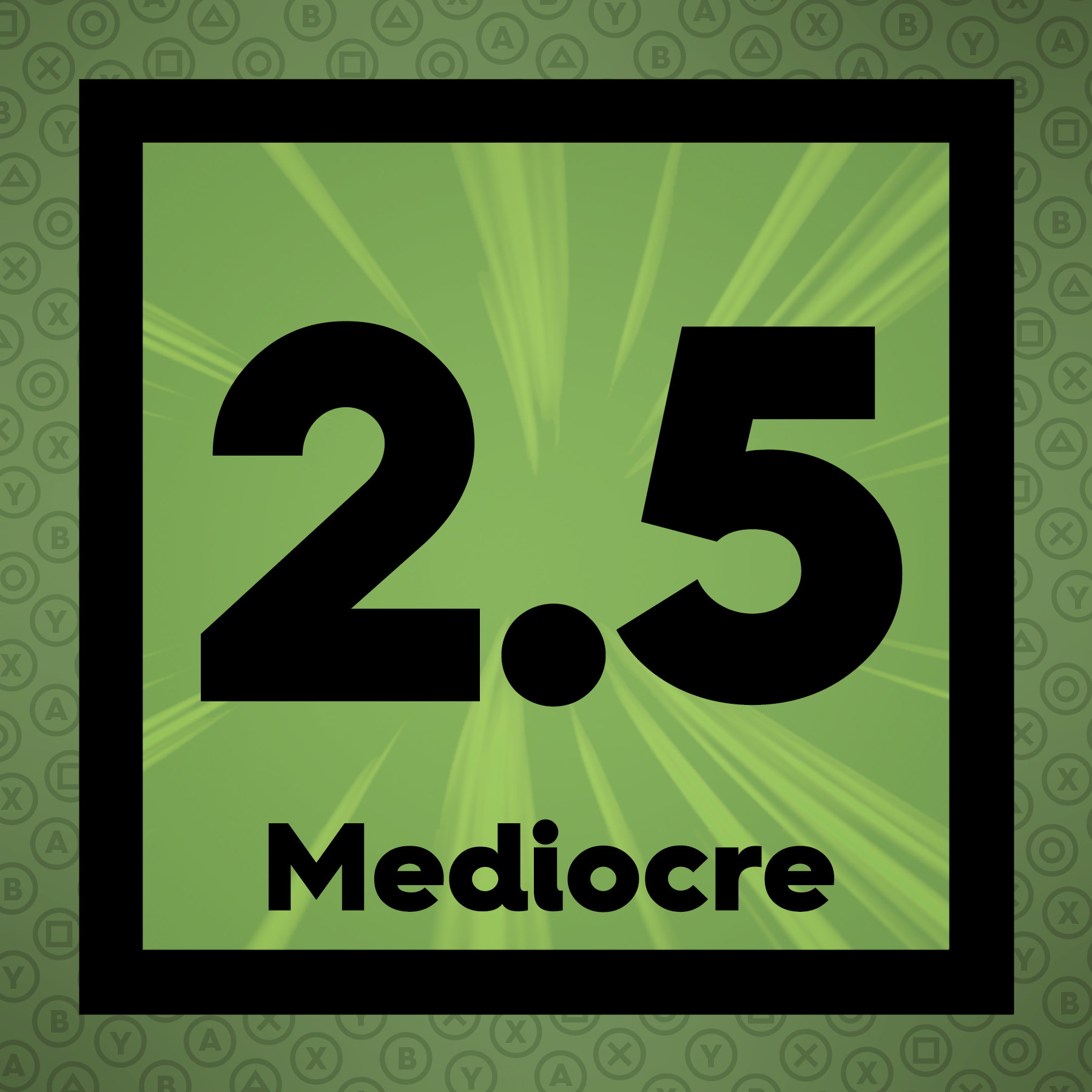
The Final Word
Many of the individual aspects of Anthem work well. The world of Bastion is gorgeous, the graphical fidelity is truly next level, and no game has done flight quite as well as this one. Unfortunately, when mashed together in a rough looter shooter, these great aspects of the game are hidden away and replaced with a slow and frustrating experience riddled with technical and balancing issues and a simply average story doesn’t make up for any of it.
– MonsterVine Rating: 2.5 out of 5 – Mediocre

